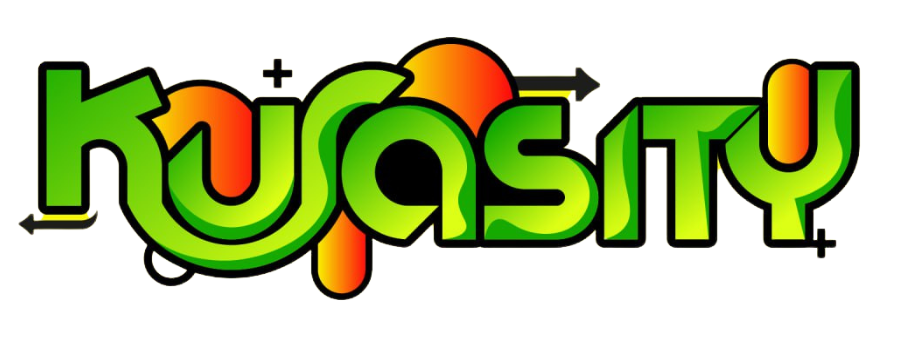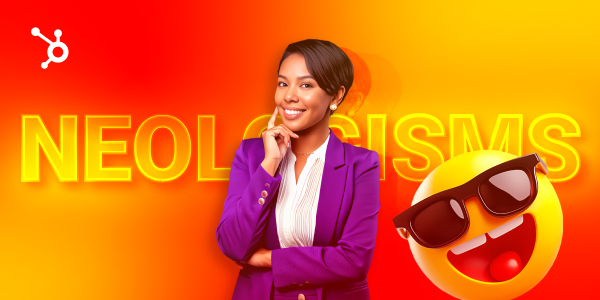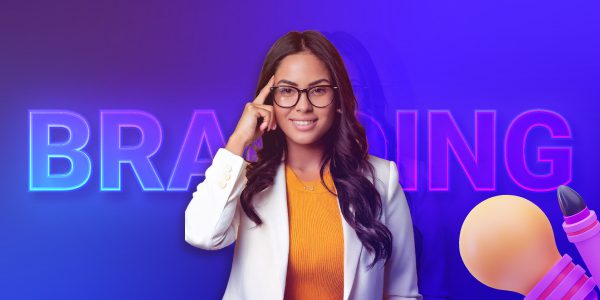Introduction:
Marketing, that tireless engine of creativity and persuasion, not only drives us to consume products and services but also shapes the way we communicate. Through ingenious campaigns and innovative strategies, marketing has become a true word creator, enriching our vocabulary with terms that capture new trends, technologies, and experiences of the digital age.
Join us on this fun journey through the marketing dictionary, where we’ll explore the most curious neologisms and how they have managed to infiltrate our everyday language.
Words Born in the World of Marketing:
- “FoMo” (Fear of Missing Out): The fear of missing out on something exciting that everyone else is experiencing. That anxiety that invades us when we see perfect Instagram stories or enviable Facebook posts. FoMo reminds us that social life, at least in the digital world, always seems more exciting elsewhere.
- “Nomophobia” (No-Mobile-Phone Phobia): Can you imagine leaving home without your precious smartphone? For many, the mere idea sends shivers down their spine. Nomophobia, the irrational fear of being without your mobile phone, is a reflection of our growing dependence on technology and constant connectivity. Marketing has not only named this phobia but also offers solutions with increasingly indispensable devices!
- “Bleisure” (Business + Leisure): Work and pleasure are no longer opposing worlds. Bleisure, that blend of business trips with leisure time, has become a growing trend. Now, conferences in tropical paradises or sightseeing after a meeting are the norm. Marketing has transformed business trips into experiences worthy of sharing on social media!
- “Showrooming”: That common practice of going to a physical store to try on a product and then buying it online at a lower price. Showrooming is a headache for traditional retailers, but a sign of how digital marketing has changed our consumption habits. The convenience of online shopping can sometimes outweigh the in-store experience!
- “Snackable Content”: In the age of instant information, marketing feeds us with “snackable” content, small bites of information that are easy to digest. Short videos, images with witty phrases, posts with fun facts… Snackable content is perfect for consuming anytime, anywhere, without the need to spend a lot of time or attention!
- “Growth Hacking”: Fast growth with a small budget? Growth hacking makes it possible! This approach relies on creative and innovative strategies to achieve exponential growth without spending a fortune. Marketing teaches us that ingenuity and experimentation can be more effective than large investments.
- “Influencer Marketing”: Influencers, those figures who reign on social media, have become the new brand ambassadors. Influencer marketing leverages their power of persuasion to reach mass audiences and build trust in the products or services they promote. We no longer need Hollywood stars to convince us; now we trust the recommendations of our favorite influencers!
- “Unboxing”: Who knew opening a box could be so exciting? Unboxing, the act of unpacking a new product while recording a video, has become a viral phenomenon. Marketing has capitalized on the excitement of the new and the curiosity of consumers, turning the simple act of opening a box into an experience worthy of sharing.
- “Webinar”: Online seminars that allow us to learn and connect with experts from anywhere in the world. Webinars have become a fundamental tool for educational marketing and lead generation. Thanks to them, we can access valuable information without leaving home!
- “Engagement”: The holy grail of digital marketing. Engagement refers to the interaction and connection generated between a brand and its audience. Comments, likes, shares… The higher the engagement, the greater the success of a campaign!
- “Branding”: Building a strong and recognizable brand is essential in today’s competitive world. Branding encompasses all aspects that define a brand’s identity, from its logo and colors to its tone of voice and values. Marketing teaches us that a good brand is much more than just a name or product!
- “Storytelling”: Telling stories that connect emotionally with the audience is one of the most powerful marketing strategies. Storytelling allows us to convey messages in a memorable way, generating empathy and building customer loyalty. Well-told stories always captivate!
- “Phygital” (Physical + Digital): The fusion of the physical and digital worlds. Marketing invites us to live experiences that combine the best of both worlds, such as virtual fitting rooms in physical stores or face-to-face events with interactive online components. The future is phygital!
- “Metaverse”: Although the concept existed previously, marketing has promoted the idea of the metaverse as a new space for social interaction, entertainment, and commerce. Brands are exploring the possibilities of creating virtual worlds, personalized avatars, and immersive experiences to connect with their customers in innovative ways.
- “NFT” (Non-Fungible Token): Non-fungible tokens, unique and unrepeatable digital assets, have revolutionized the world of art, collectibles, and digital ownership. Marketing has found in NFTs a new way to generate value, exclusivity, and engagement with the audience. Now you can own a meme, a piece of digital art, or a unique virtual object!
- “Livestreaming Commerce”: Live streams have become a powerful sales tool. Livestreaming commerce allows brands to showcase their products, interact with customers, and generate sales in real-time, creating a dynamic and engaging shopping experience. It’s like having a home shopping show in your pocket!
- “Microinfluencer”: Not all influencers have millions of followers. Microinfluencers, with smaller but highly engaged audiences, have become valuable allies for brands. Their authenticity and closeness to their followers generate trust and credibility in the recommendations they make. Marketing has democratized influence!
- “Shoppable Content”: Imagine being able to buy the products you see in a photo or video with a single click? Shoppable content makes this possible. Marketing integrates the shopping experience into the content, making it easier to purchase products and reducing friction in the sales process. Shopping has never been easier!
- “Dark Social”: Sharing content through private channels, such as messaging apps or email, is known as dark social. Marketing seeks to understand and leverage this “dark” space to reach audiences in a more personal and direct way. The future of marketing lies in private conversations!
- “Augmented Reality (AR)”: AR overlays digital elements onto the real world, creating interactive and engaging experiences. Marketing uses AR to display products in 3D, create fun filters on social media, or design interactive games that engage the audience. Augmented reality allows us to experience the world in a whole new way!
- “Nostalgia Marketing”: Appealing to nostalgia, memories, and emotions of the past is an effective strategy to connect with the audience. Marketing uses retro elements, references to pop culture from past decades, and iconic characters to evoke feelings of nostalgia and create emotional connections with consumers. Going back to the past has never been so modern!
- “Sustainability”: Marketing has joined the green wave, promoting sustainable practices and eco-friendly products. Consumers are looking for brands with ethical values and responsibility towards the environment. Sustainable marketing is a growing trend that is here to stay!
The language of marketing is constantly evolving, adapting to new technologies, trends, and consumer behaviors. These words are just a sample of the creativity and ingenuity of marketing in creating new ways to communicate and connect with the world around us. Let’s stay tuned for the next linguistic innovations that the future holds!








